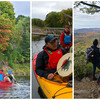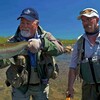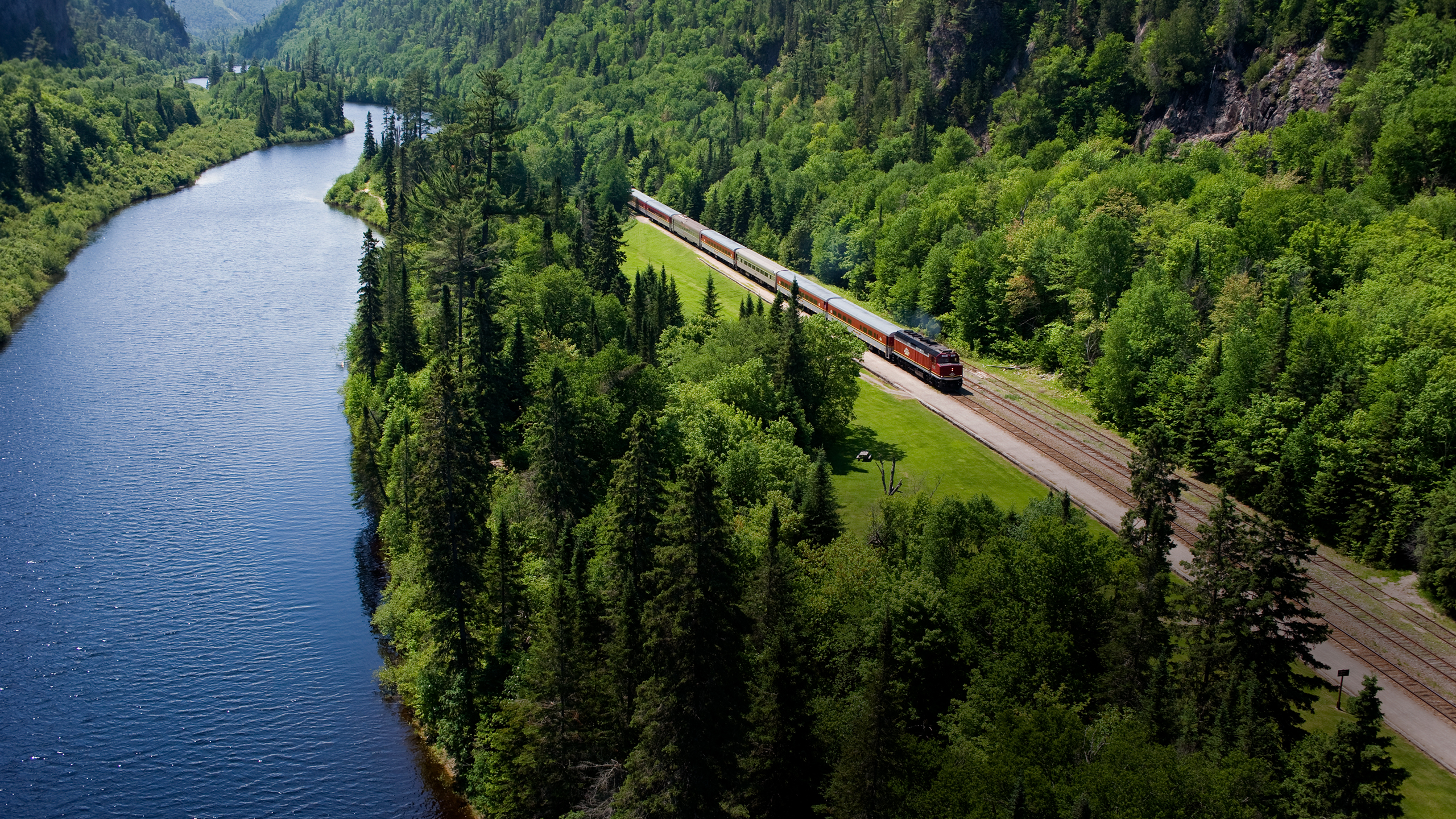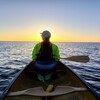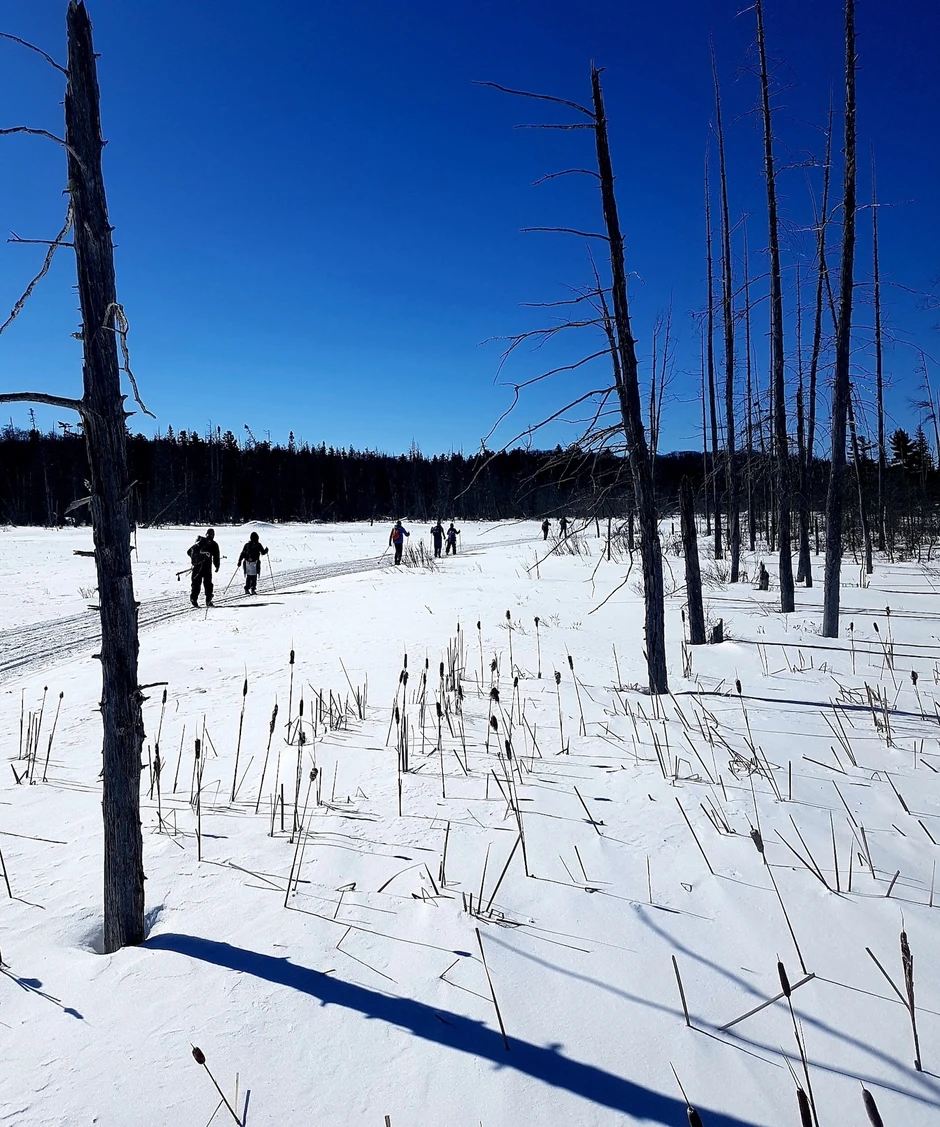
The Importance of "Prime Time" in Ice Fishing
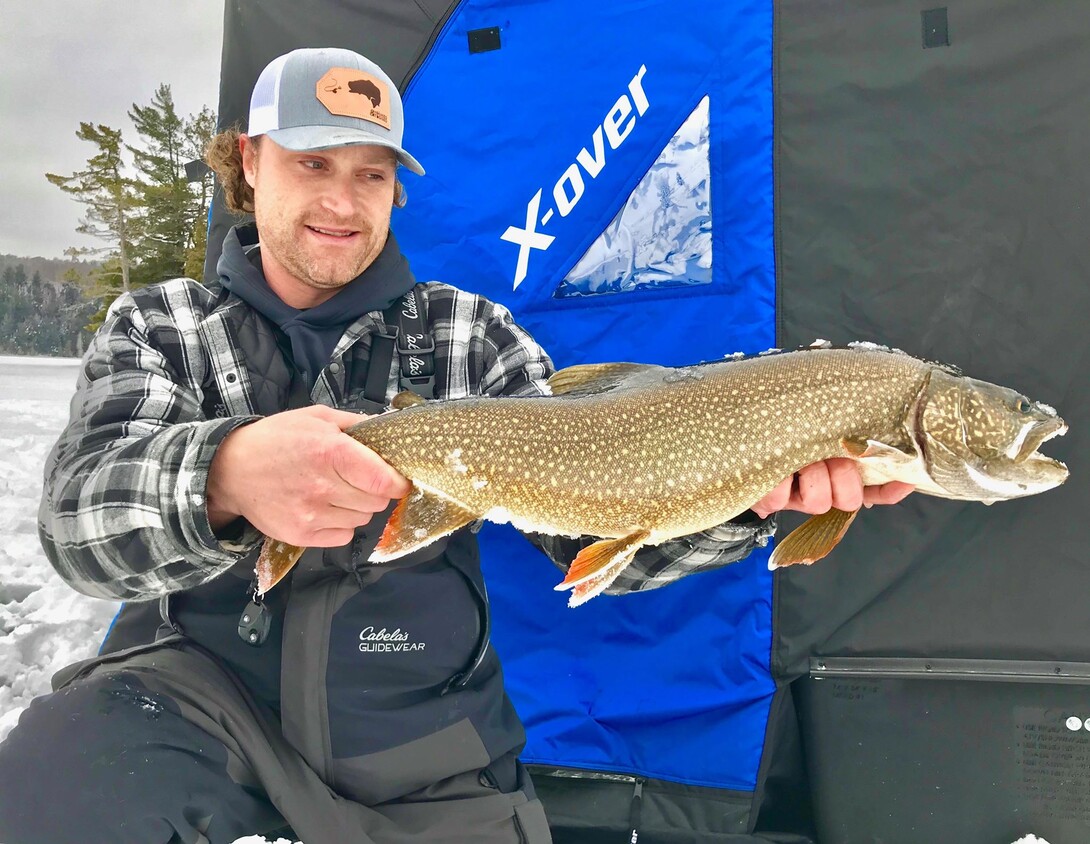
As ice anglers we hear the term “Prime Time” quite frequently. But what does “prime time” mean as it pertains to ice fishing? It is probably best described as the main feeding periods for fish on any given day. You might also hear the feeding times referred to as Minor or Major feeding periods.
Minor and major feeding periods are determined by the weatherman, who can predict when the fish will be on their minor and major feeding trends for that day. These predictions are based on weather patterns, the moon phases, and the times when the sun rises and sets. Although these predictions are not always 100 percent accurate, they can be a very beneficial starting point in alerting the angler to the best times to be out there catching fish.
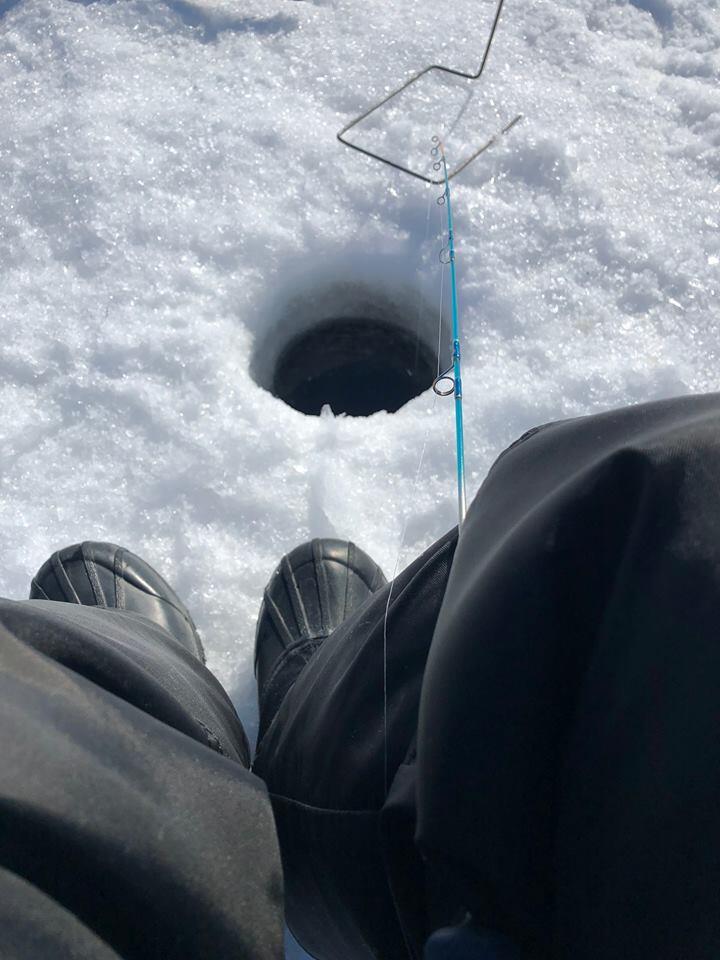
When does prime time happen, and why does it affect the fish the way it does? These are great questions, but with so many species of fish to target, how do we begin to explain? For many species, prime time is usually referring to the last light period of the day. As a rule of thumb, when ice fishing, you should be on the ice when the sun is hitting the tree line and beyond, as this is usually the best time of day to target a lot of species.
But be open-minded as anglers, and realize that not all fish share the same prime feeding time. For instance, walleye and crappie usually have a great feeding period as the sunlight begins to dissipate and the day comes to an end. On the other hand, lake trout may be better to target at first light when they usually begin to chase bait fish as the sun is rising. Personally, my catch yields have increased during the last light period, especially when I am fishing for crappie, walleye, whitefish, or northern pike. In any case, it is important to be mindful of prime time for your target species.
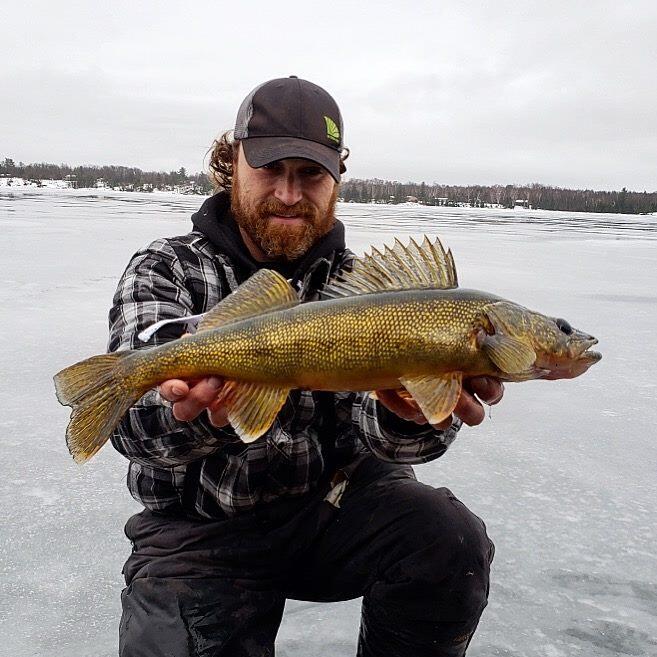
As to why fish are so affected by prime time, it's pretty simple when you think about it. Fish that prefer to feed in low light periods have sensitive eyes. Fish don't have eyelids, or wear sunglasses to hide from the sun. Instead they use deep water, cover, and vegetation to help with this problem of light sensitivity. When the sun hits the trees, it acts like a trigger to the fish, getting them out of the cover or deep water and moving them onto nearby feeding flats, drops, or shoals. The low light allows fish to see their prey, without harming their eyes when they are roaming about feeding on bait.
Finally, as the prime feeding times persuade the fish to move from their daily haunts to their feeding areas, the angler needs to already be in the high percentage areas. Their focus should be on weed lines, the top of shoals/bars, and in flat areas, since predator fish will begin to roam these places as the light fades. And when the ice season winds down, it is time to look for transitioning fish that are thinking about spawning. Small outlet creeks, rock/cobble areas, and weed, transitioning to rock near deep water, can be ideal locations for spawning during the late season.
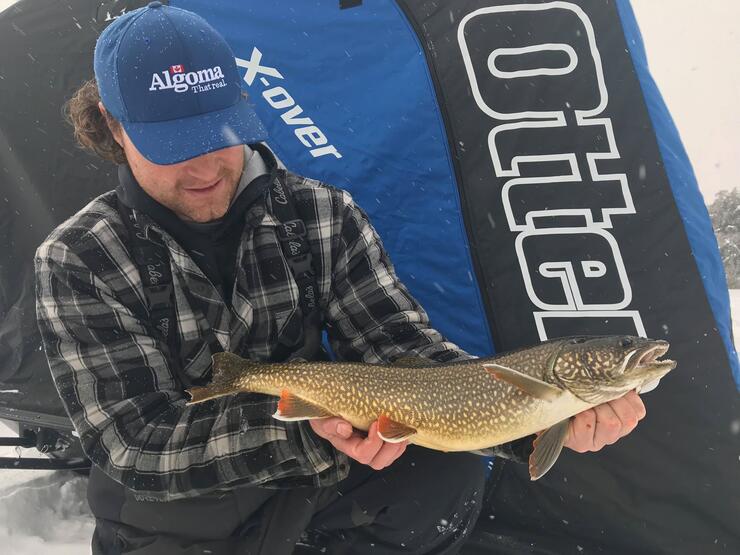
With so many great opportunities surrounding the Sault Ste. Marie area, it's almost time to get out of hibernation mode and get onto the ice for that last ice bite. Always remember that ice fishing is about enjoying the people you are out there with, so get out and enjoy what we have to offer this March in the great white North.
Recommended Articles

9 Facts to Know about the Agawa Canyon Tour Train
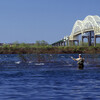
A Guide to the Best Urban Fishing in Sault Ste. Marie, Ontario

Where to Eat, Dine, and Play on the Sault Ste. Marie Waterfront

Cruising to the Next Level

Canada's Only Bushplane Museum is a Must For Your Bucket List

Why the Fall Is a Great Time to Visit Sault Ste. Marie
Canoe & Kayak Sault Ste. Marie

Peace Restaurant
